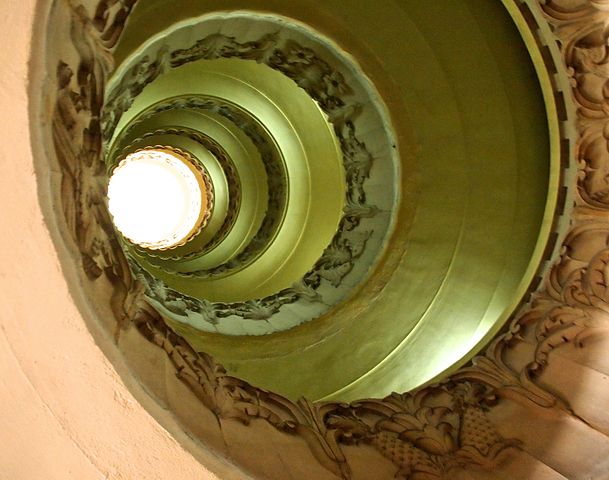
The Roaring Twenties
A Decade Of Social Change And Cultural Transformation
The Roaring Twenties, also known as the Jazz Age, stands as a defining period in history, being marked by a vibrant and exuberant spirit of change. Following the end of World War I, the 1920s witnessed a remarkable shift in social norms, cultural values, and lifestyle choices. It was a time of unprecedented economic prosperity, cultural revolution, and the emergence of new attitudes and freedoms.
Social Change For Women
One of the most notable aspects of the Roaring Twenties was the transformative impact it had on the status of women in society. This was the era of the “flapper,” a new breed of independent and spirited young women who challenged traditional gender roles. Flappers defied societal expectations by rejecting Victorian-era constraints, embracing a more liberated lifestyle, and participating in activities such as voting, entering the workforce, and expressing themselves through fashion and dance. The newfound sense of empowerment experienced by women during this time laid the foundation for the ongoing struggle for gender equality in the following decades.
Advancing The Arts
The Roaring Twenties also witnessed a revolution in popular culture, driven by the rise of jazz music, vibrant art movements, and the emergence of the Hollywood film industry. Jazz, with its infectious rhythms and improvisation, captured the essence of the era, reflecting the energy and freedom of the times. Artistic movements like the Harlem Renaissance celebrated African American culture and creativity, contributing to a rich and diverse cultural landscape. Meanwhile, the booming film industry brought larger-than-life stars to the silver screen, captivating audiences and shaping popular culture around the world.
Industrial Innovation
Economically, the 1920s marked a period of unprecedented prosperity and consumerism. Technological advancements and industrial innovations led to increased production, improved transportation, and greater accessibility to goods. The rise of mass production and advertising created a consumer culture that encouraged spending and a pursuit of the latest trends. The image of the “flapper” became synonymous with the desire for novelty, fashion, and modernity. However, this era of economic growth was not without its dark undercurrents, as wealth and excess contrasted starkly with the poverty and inequalities experienced by many during this time.
The Confliction And Legacy Of The Roaring Twenties
The Roaring Twenties was a decade of contradictions, with social progression and cultural dynamism existing alongside deep-seated social tensions and disparities. The era ultimately came to an abrupt end with the Wall Street Crash of 1929, which would usher in the Great Depression of the 1930s and bring economic hardship, shattering the illusion of endless prosperity.
Nevertheless, the Roaring Twenties left an indelible mark on history, symbolising a period of immense social change and cultural transformation. It serves as a reminder of the power of human adaptability and pursuit of new horizons. It is also an era that continues to inspire and influence popular culture, fashion, and social movements, leaving a legacy that invites reflection on the complexities and contradictions of progress. Whilst the Roaring Twenties stands as a dynamic, transformative decade, characterised by social change, cultural innovation, and economic prosperity. It was a time of shifting norms, increased freedoms, and a quest for modernity. While the era may be associated with jazz music, flappers, and economic excesses, its impact goes beyond the surface.